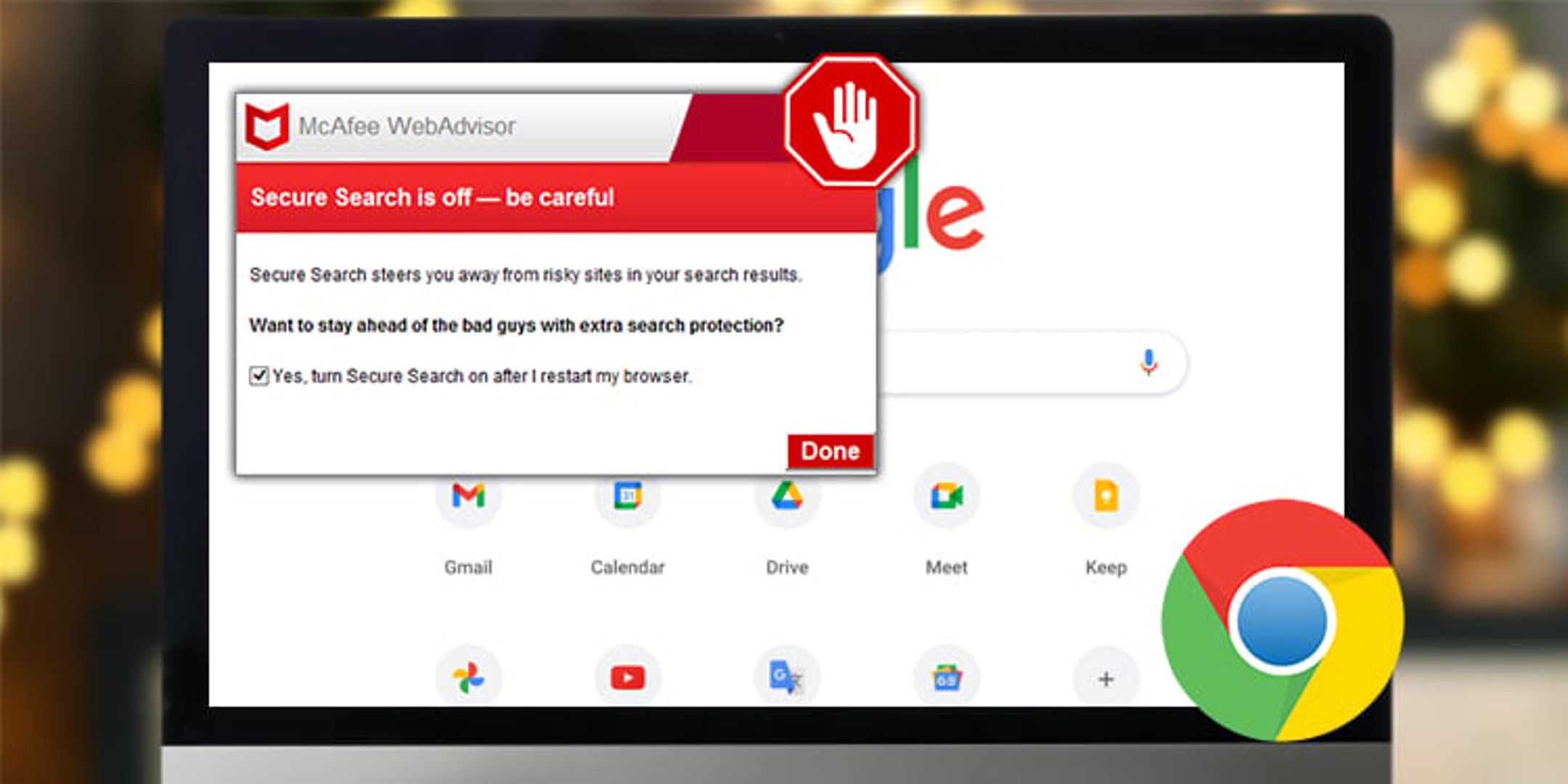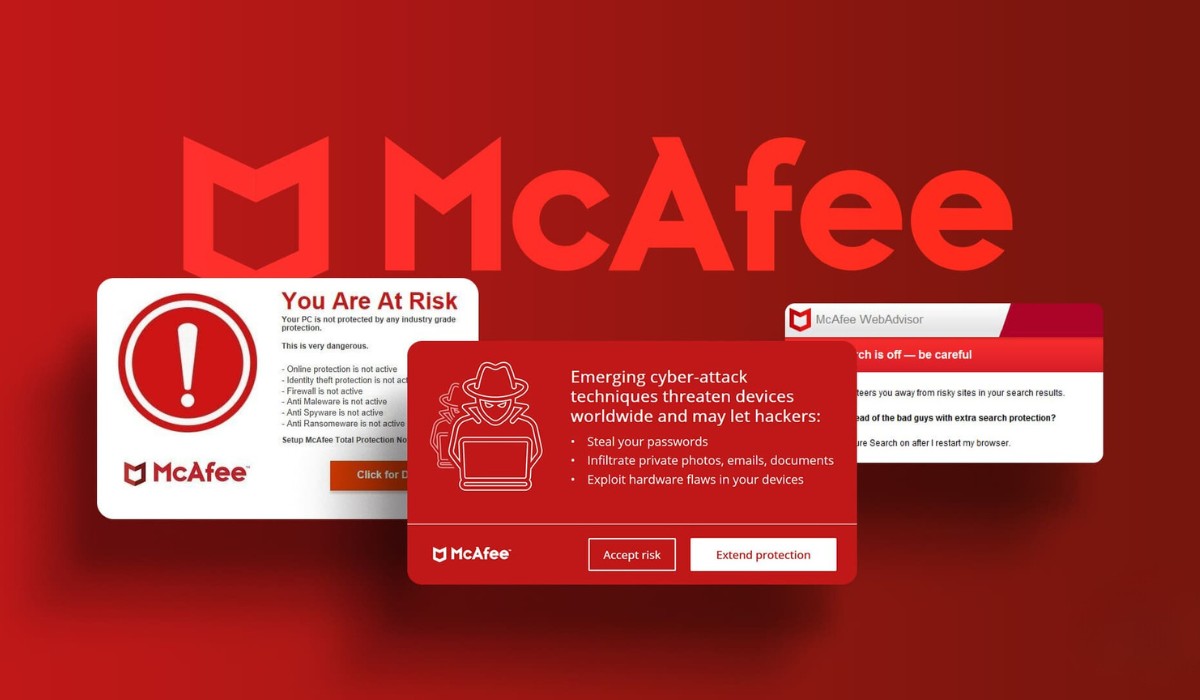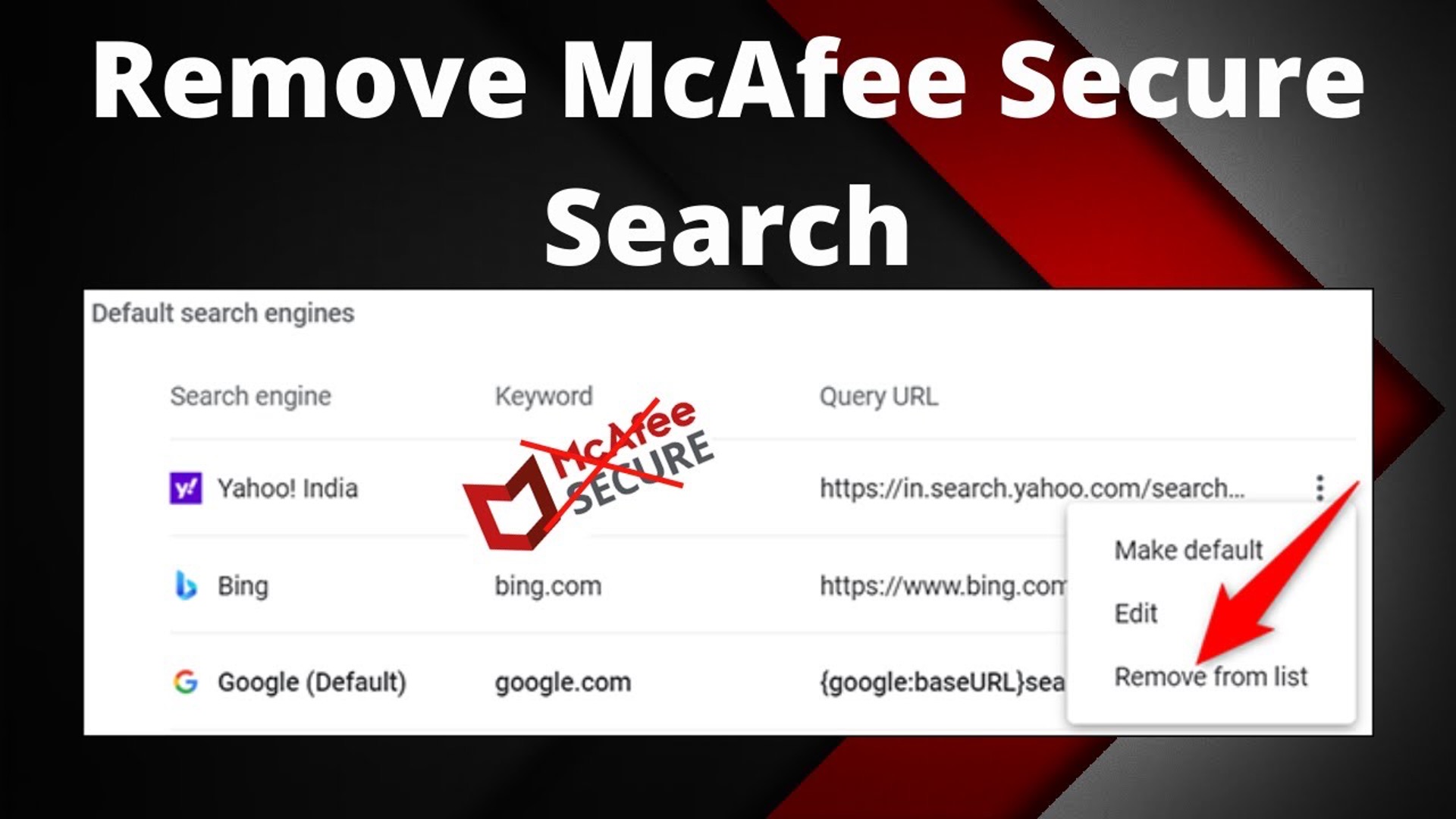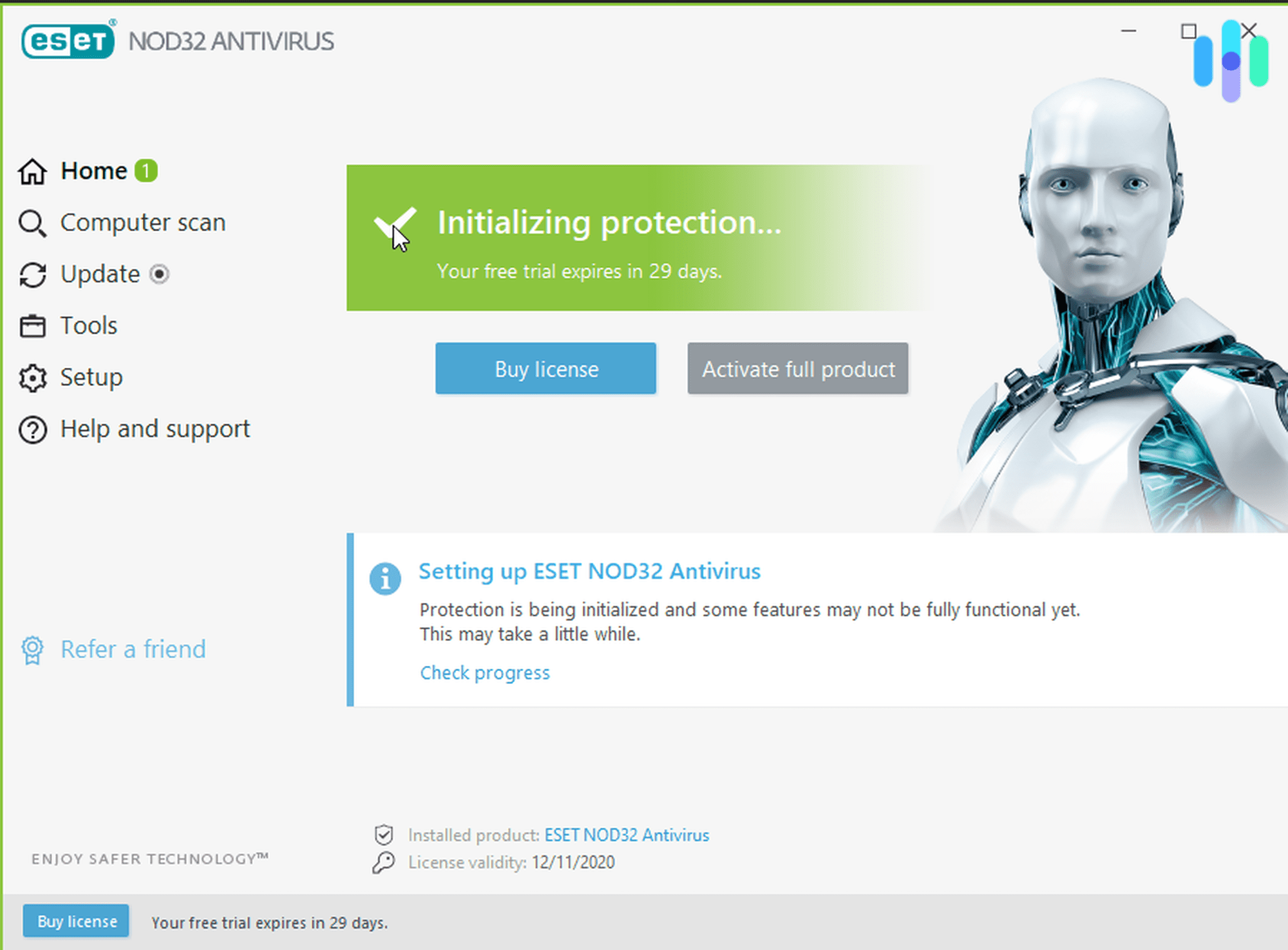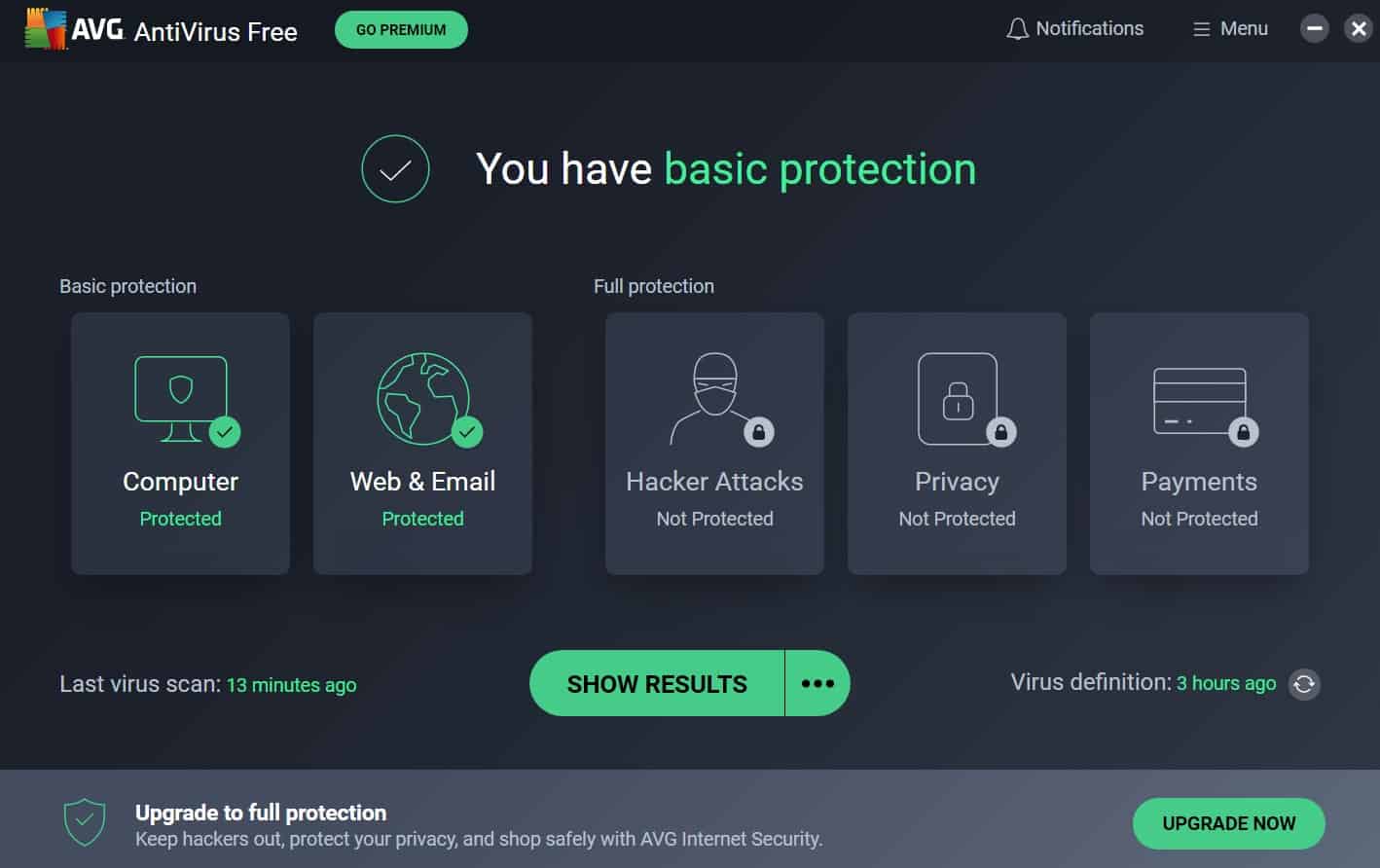Introduction
Mcafee pop-ups on Chrome can be an annoying interruption to your browsing experience. These pop-ups often prompt users to install Mcafee extensions or upgrade to premium versions, causing frustration and hindering productivity. However, there are effective ways to stop Mcafee pop-ups on Chrome and regain control of your browsing environment.
In this article, we will delve into the intricacies of Mcafee pop-ups on Chrome and provide comprehensive steps to prevent them from disrupting your online activities. By understanding the underlying causes of these pop-ups and implementing the recommended solutions, you can enjoy a seamless and uninterrupted browsing experience without the constant intrusion of Mcafee notifications.
Let's explore the root causes of Mcafee pop-ups on Chrome and equip ourselves with the knowledge and tools necessary to put an end to these intrusive interruptions. Whether you're a casual internet user or a seasoned professional, the information provided in this article will empower you to take charge of your browsing experience and bid farewell to Mcafee pop-ups once and for all.
Understanding Mcafee Pop-Ups on Chrome
Mcafee pop-ups on Chrome are a common occurrence that can disrupt the browsing experience for users. These pop-ups typically manifest as notifications prompting users to install Mcafee extensions, upgrade to premium versions, or take other actions related to Mcafee products. While Mcafee is a reputable cybersecurity company known for its antivirus and internet security solutions, the persistent nature of these pop-ups can be intrusive and bothersome for many users.
The primary objective of Mcafee pop-ups is to encourage users to engage with Mcafee products and services. This may include promoting Mcafee's browser extensions, security software, or other offerings. While the intention behind these pop-ups may be to enhance users' online security, the frequency and persistence of the notifications can lead to frustration and a diminished browsing experience.
Mcafee pop-ups on Chrome can stem from various sources, including the installation of Mcafee browser extensions, previous interactions with Mcafee's online platforms, or the presence of adware or potentially unwanted programs (PUPs) on the user's system. Additionally, certain websites may trigger Mcafee pop-ups through their advertising networks or scripts embedded in their web pages.
It's important to note that while Mcafee pop-ups may appear to be associated with security alerts or system warnings, they are often promotional in nature, aiming to encourage users to engage with Mcafee's products and services rather than addressing immediate security threats.
Understanding the underlying mechanisms and motivations behind Mcafee pop-ups on Chrome is crucial for devising effective strategies to mitigate or eliminate their impact. By gaining insight into the factors contributing to the prevalence of these pop-ups, users can take informed steps to prevent them from disrupting their browsing sessions and maintain a more seamless online experience.
In the following sections, we will explore actionable steps to stop Mcafee pop-ups on Chrome, empowering users to regain control over their browsing environment and alleviate the persistent interruptions caused by these notifications.
Steps to Stop Mcafee Pop-Ups on Chrome
1. Disable Mcafee Browser Extension
The first step in addressing Mcafee pop-ups on Chrome is to disable any Mcafee browser extensions that may be contributing to the issue. To do this, navigate to the Chrome menu, select "More tools," and then click on "Extensions." Locate the Mcafee extension in the list and toggle the switch to disable it. This action can prevent the extension from generating pop-ups and alleviate the intrusive notifications.
2. Clear Browsing Data and Cookies
Clearing browsing data and cookies can help eliminate any stored information that may be triggering Mcafee pop-ups. In Chrome, access the settings menu, navigate to "Privacy and security," and select "Clear browsing data." Choose the appropriate time range and ensure that "Cookies and other site data" is selected before initiating the clearing process. This can remove potentially problematic data and reduce the likelihood of encountering Mcafee pop-ups.
3. Update Chrome and Mcafee Software
Ensuring that both Chrome and Mcafee software are up to date is essential for addressing potential compatibility issues and security vulnerabilities that could lead to persistent pop-ups. Check for updates in the Chrome settings menu under "About Chrome" and install any available updates. Similarly, verify that your Mcafee software is updated to the latest version to benefit from bug fixes and enhanced security measures.
4. Scan for Adware and Potentially Unwanted Programs
Performing a thorough scan for adware and potentially unwanted programs on your system can help identify and remove any underlying causes of Mcafee pop-ups. Use reputable antivirus or anti-malware software to conduct a comprehensive scan, ensuring that any detected threats or unwanted programs are promptly removed from your device.
5. Adjust Chrome Notification Settings
Customizing Chrome's notification settings can provide greater control over the types of notifications that are allowed to appear. Access the Chrome settings, navigate to "Site settings," and select "Notifications." Here, you can manage which websites are permitted to show notifications, potentially reducing the occurrence of unwanted pop-ups, including those related to Mcafee.
6. Reset Chrome Settings
If Mcafee pop-ups persist despite previous efforts, consider resetting Chrome settings to their default state. This can help eliminate any persistent configurations or settings that may be contributing to the issue. In the Chrome settings menu, navigate to "Advanced" and select "Reset and clean up" to initiate the reset process.
By following these proactive steps, users can effectively mitigate and stop Mcafee pop-ups on Chrome, reclaiming a more streamlined and uninterrupted browsing experience. Implementing these measures empowers users to take control of their online environment and reduce the impact of intrusive notifications, ultimately enhancing their overall browsing satisfaction.
Additional Tips for Preventing Mcafee Pop-Ups
In addition to the fundamental steps outlined earlier, there are supplementary measures that can further bolster your defenses against Mcafee pop-ups and enhance your browsing tranquility. These additional tips encompass proactive strategies and best practices aimed at fortifying your browsing environment and minimizing the occurrence of intrusive notifications.
1. Install Ad-Blocking Extensions
Consider integrating ad-blocking extensions into your Chrome browser to mitigate the impact of intrusive advertisements and pop-ups, including those related to Mcafee. Ad blockers can effectively filter out disruptive content, providing a more streamlined and distraction-free browsing experience. By selectively blocking unwanted ads and pop-ups, these extensions contribute to a cleaner and less obtrusive online environment.
2. Exercise Caution When Downloading Software
Exercise discernment when downloading software or browser extensions, particularly those offered as free or promotional products. Be mindful of bundled software packages that may include additional components, such as adware or browser extensions that generate pop-ups. Opt for reputable sources and official distribution channels to minimize the risk of inadvertently introducing potentially unwanted programs that could trigger Mcafee pop-ups.
3. Regularly Review Chrome Extensions
Periodically review the extensions installed in your Chrome browser and remove any that are no longer necessary or are of questionable origin. Uninstalling unused or suspicious extensions can reduce the likelihood of encountering disruptive pop-ups, as certain extensions may inadvertently contribute to the generation of intrusive notifications. Maintaining a lean and curated selection of extensions can contribute to a more streamlined browsing experience.
4. Stay Informed About Online Threats
Stay informed about emerging online threats, including adware, browser hijackers, and potentially unwanted programs that may trigger Mcafee pop-ups. By remaining vigilant and aware of prevalent cybersecurity risks, you can adopt proactive measures to safeguard your browsing environment and preemptively address potential sources of intrusive notifications. Engaging with reputable cybersecurity resources and staying abreast of industry developments can empower you to make informed decisions regarding your online security.
5. Utilize Security Software with Ad Blocking Capabilities
Consider utilizing comprehensive security software that incorporates ad blocking capabilities alongside traditional antivirus and internet security features. Such software can provide a multifaceted defense against intrusive advertisements and pop-ups, including those associated with Mcafee promotions. By leveraging integrated ad blocking functionality, you can further fortify your defenses against disruptive content while benefiting from robust cybersecurity protection.
By integrating these additional tips into your browsing practices, you can bolster your defenses against Mcafee pop-ups and cultivate a more harmonious online experience. These proactive measures, when combined with the foundational steps outlined earlier, contribute to a comprehensive strategy for preventing and mitigating the impact of intrusive notifications, ultimately enhancing your browsing satisfaction and peace of mind.
Conclusion
In conclusion, addressing Mcafee pop-ups on Chrome necessitates a multifaceted approach that encompasses understanding the underlying causes, implementing proactive measures, and leveraging additional strategies to fortify your browsing environment. By gaining insight into the motivations behind Mcafee pop-ups and taking informed steps to mitigate their impact, users can reclaim control over their online experience and minimize the intrusion of disruptive notifications.
The fundamental steps outlined in this article, including disabling Mcafee browser extensions, clearing browsing data, and updating Chrome and Mcafee software, serve as foundational measures for stopping Mcafee pop-ups on Chrome. These actions empower users to address potential triggers and compatibility issues, thereby reducing the occurrence of intrusive notifications and fostering a more seamless browsing experience.
Furthermore, the additional tips provided offer supplementary layers of defense against Mcafee pop-ups, encompassing the installation of ad-blocking extensions, exercising caution when downloading software, and staying informed about online threats. By integrating these proactive strategies into your browsing practices, you can bolster your defenses and minimize the impact of intrusive notifications, contributing to a more tranquil and uninterrupted online experience.
It's important to recognize that while Mcafee pop-ups may persist as a prevalent aspect of the online landscape, users have the agency to take proactive measures to mitigate their impact and cultivate a more harmonious browsing environment. By leveraging the insights and strategies presented in this article, users can navigate the digital realm with greater confidence and resilience, minimizing the disruption caused by Mcafee pop-ups and enhancing their overall browsing satisfaction.
Ultimately, the journey to stop Mcafee pop-ups on Chrome is a proactive and iterative process, requiring ongoing vigilance, informed decision-making, and a willingness to adapt to evolving online threats. By embracing a comprehensive approach that encompasses understanding, prevention, and mitigation, users can effectively reduce the intrusion of Mcafee pop-ups and enjoy a more serene and fulfilling browsing experience.







